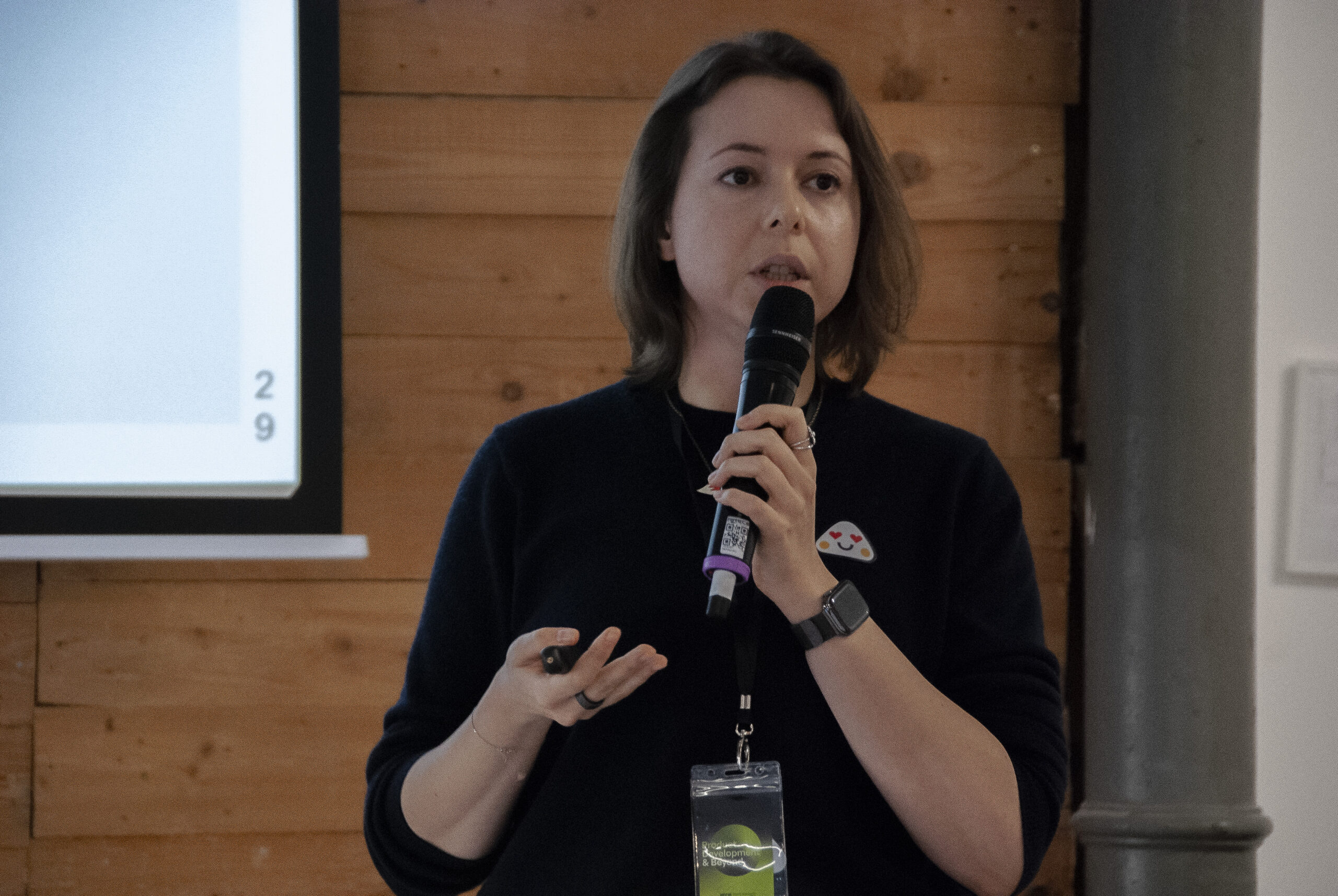4 min. read
Creating a Successful Re-Onboarding After Maternity Leave
Xena’s Guide to Support Mothers in Tech

Returning to work after maternity leave can be a very daunting experience for your employees.
With the added element of returning to a technical or product-related role, mothers often fear the regression of their skills, the possibility of outdated technologies or frameworks, or in some cases coming back to a completely new team or business structure.
If you have a team member about to return to work, these are some of the thoughts going through their mind right now:
“I barely opened my laptop in the last year”
“I’ve hardly seen or spoken to anyone from the office”
“Would I still remember how to code?”
“What if the landscape has changed so much that I need to learn everything from scratch?”
As a side note, this type of thinking can feel overwhelming, but the statements are real examples of “cognitive distortions”. In the first few weeks, new working parents may be scared that they won’t be up-to-date on the skills or knowledge required to do their job.
Managers and People leaders can manage this complicated transition by thoroughly reviewing responsibilities and giving comprehensive (but not overwhelming) status updates pre-, during and post-absence. Here are six things to keep in mind when preparing for the return of an employee or colleague after maternity leave.
1. Clear Communication
Before Mat leave
Discuss leave options, timelines and compensation
Doing so can help ease employees – and managers’ – anxieties about how the upcoming leave will impact their work. We’ve complied a guide to navigating Maternity leave in The Netherlands and Germany.
Check in often
How is your employee doing? Are they excited about their new addition? Nervous? It is not necessary to be your employee’s friend or therapist, but a simple check in can do wonders to help employees feel connected and comfortable if they need to reach out later. Read more about the experiences of Mothers in tech.
Documentation
Your employee is the expert in their own work. If you have enough time leading up to their leave, ask your employee to document their day-to-day responsibilities. Doing so can help develop a collaborative and productive conversation around work-related priorities while they are on leave. What tasks need to be picked up by someone else? What tasks can be set aside or shifted while they are out?
While you’re at it, clearly communicate any other administration or paperwork that will need to be finalised before their departure.
During Mat Leave
Strike a balance in how often to connect
Ask your employee what he/she prefers in terms of how often they might want to connect. An employee may or may not want to connect with managers or peers while on leave, and either choice is okay. Ask if he or she wants to be included on emails, dial in for team meetings, talk by phone, and be comfortable with how often or how little your employee wants to connect.
After Mat leave
2. “Re-interviewing” after Mat leave
Alignment with your employee is key when it comes to preparing for their return. When you re-onboard an employee, evaluate their role and whether, based on their skills, they can continue to do the same job. After a long absence, you essentially need to ‘interview’ that person again, and understand what makes them tick and where they can add value. Are there other things they are better at, or perhaps your employee feels that they need six months to develop a skillset/ technology for the role? If that’s the case, work closely with your employee who is returning to work so that they can find their feet with your support.
3. Support recovery after childbirth
A birthing personʼs body is often not fully restored to pre-pregnant physiology until about 6 months post-delivery. However, every person is different. Many people continue to experience the physical effects of childbirth throughout the first year. Did we mention hormone overload? Between three to six weeks postpartum, these hormones will slowly start to stabilise as the body heals. Symptoms of postpartum depression may arise during this time and are often not resolved by the time a new parent returns to work.
Support your team member by offering mental health support or virtual care postpartum, or active support like a lactation consultant. Developing a ‘Postpartum plan’ for your employees will ensure you connect them with helpful resources to support major change.
4. Flexible options or part-time work
Institutionalising the part-time model is the biggest systematic change organisations could make to support parents in the workplace. Normalising part-time work and the idea of job sharing will make you attractive to prospective employees and help you retain talented employees. Whether you offer a fully remote working option, or flexible/reduced working hours, giving mothers the freedom to adapt to their little one’s routine goes a long way.
Make sure you are clear about your employee’s boundaries and priorities. If you’re a global company where multiple teams are contributing at any time of day, make sure you agree on start and finish times so they can focus on work-life balance. Communicate these hours to the broader team, anticipate slower response times and encourage an understanding or awareness amongst their other team members.

5. Expectation Management
Flexibility and part-time work are great – unless expectations are unrealistic. Re-onboarding an absent employee will require both parties, the employee and manager to adapt to a new way of working. Ensure that you are not offering an employee a part-time work contract with full-time expectations.
6. Consider a returnship programme
Tesla offer a Returnship Program called ‘Tesla Recharge’. Their four-month paid work programme aims to support mid-career professionals transitioning back into the workforce. The program includes training, technical programming and mentorship to streamline a return to work. Read our comprehensive guide on Developing a Returnship Programme for your Organisation.






